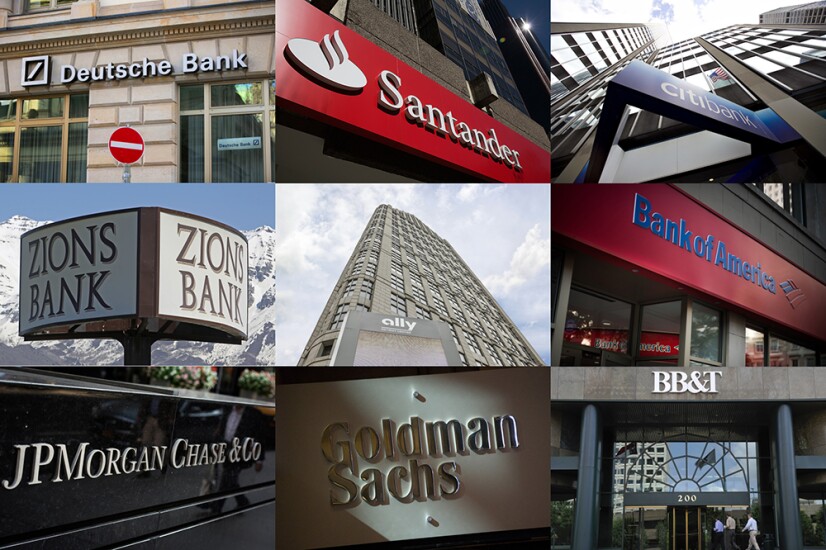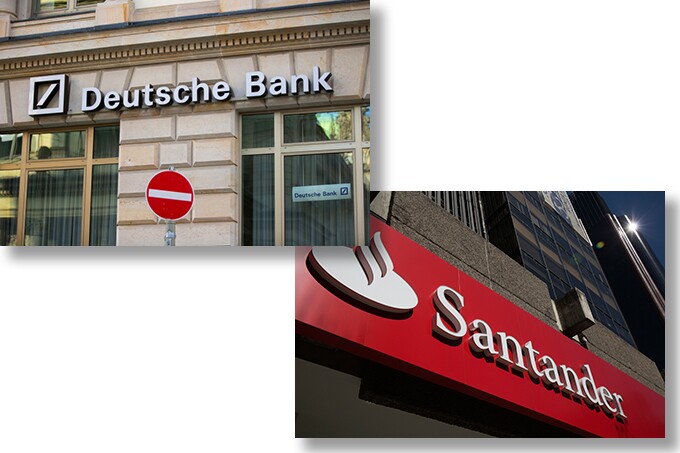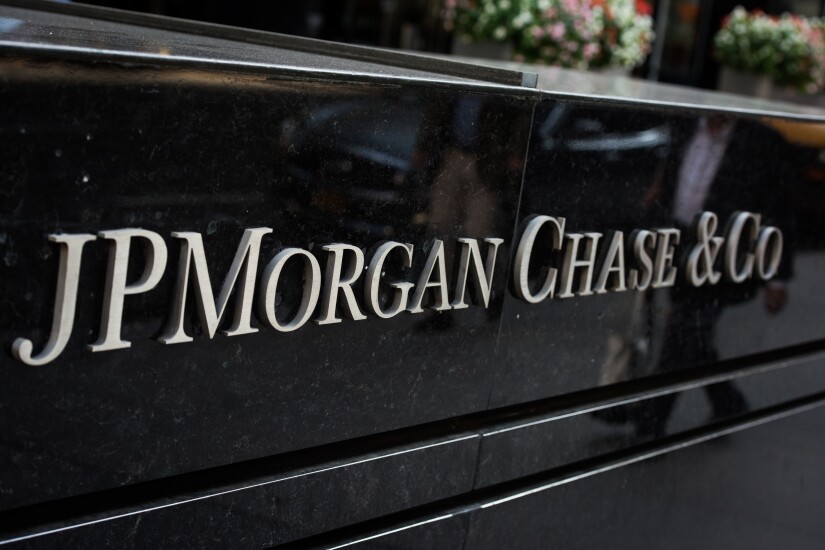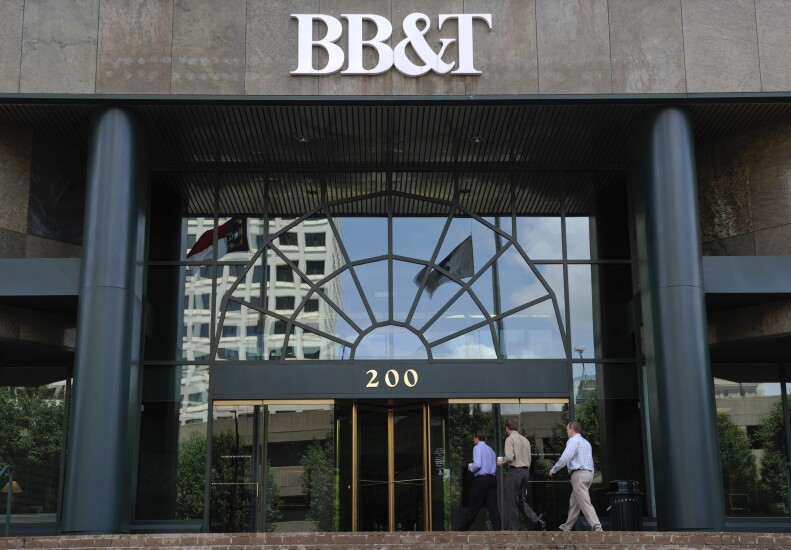
Nine banks that have fallen short on the Fed's stress tests

Deutsche Bank & Santander

Citi

Zions

Ally

Bank of America

JPMorgan Chase

Goldman Sachs










Tacoma, Washington-based Columbia Banking System said it will buy Pacific Premier Bancorp, accelerating its growth in Southern California by about a decade. The deal is Columbia's second major acquisition in three years.
A federal judge in California blocked rules requiring disclosures for payments near the Mexico border; Stripe has added more products as it bolsters investments in Asia; and more in the weekly global roundup.
The bureau dropped the case against the subprime card lender with prejudice, following a number of similar actions taken under the Trump administration.
The acquisition brings Demyst's data orchestration tools to Feedzai's platform, a move aimed at reducing financial crime and improving compliance in banking.
BCB Bancorp in Bayonne, New Jersey, swung to an $8.3 million loss in the first quarter due to a troubled cannabis loan. The crowded weed marketplace in the New York area is leading to tighter margins.
Sen. Dick Durbin, the Senate's No. 2 Democrat, announced he will not seek reelection in 2026, concluding more than four decades in Congress. The Illinois lawmaker leaves behind a notable imprint on U.S. financial policy, particularly regarding swipe fees.